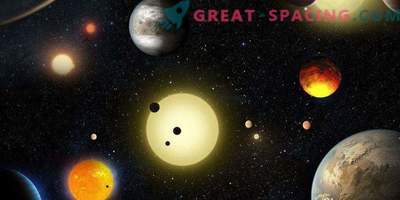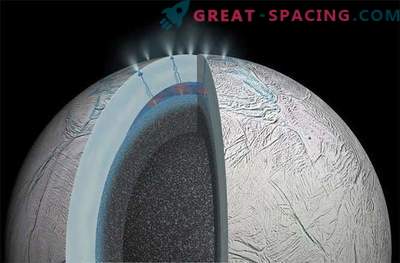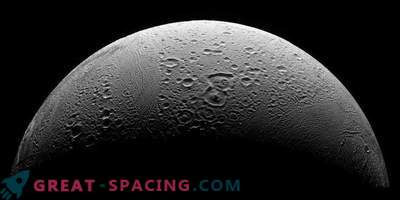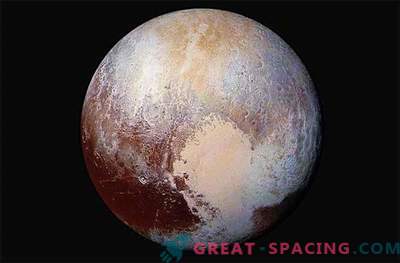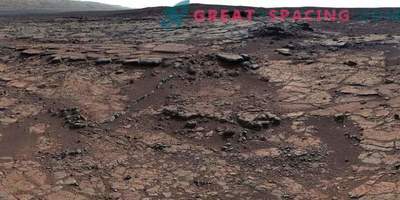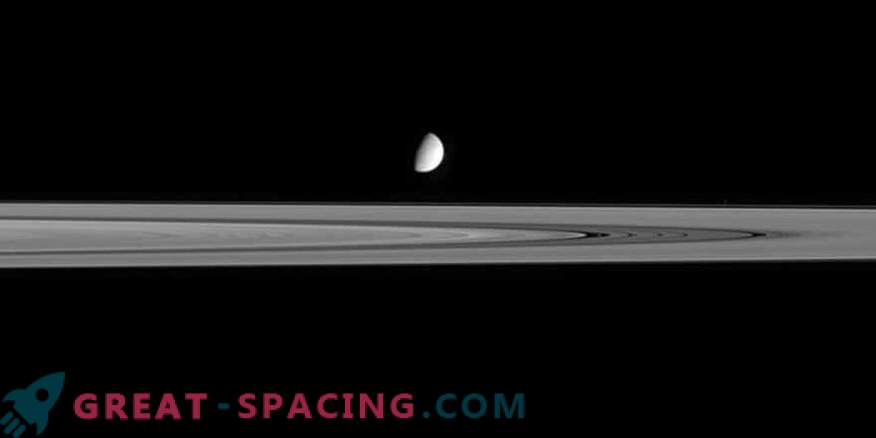
It is possible that in search of life, mankind can limit itself to our solar system. At least one of Saturn’s moons hints at this.
Ice Enceladus can boast the ideal conditions for the existence of unicellular microorganisms, known as archaea. Scientists have reported that methanogenic archaea (Methanothermococcus okinawensis) thrive in the laboratory, simulating the situation on the satellite.
On Earth, this species is in places with very high temperatures. Most often found in deep-sea hydrothermal openings, where they convert gas and hydrogen gas into methane. Previously, traces of methane were found in pairs that form from cracks on the surface of Enceladus. It is believed that some traces of CH4 (methane) found in Enceladus streams can be created by methanogens. We also managed to calculate the required amount of hydrogen, which would be able to support the life of microbes. It could be obtained through geochemical processes in the rocky core of the satellite.
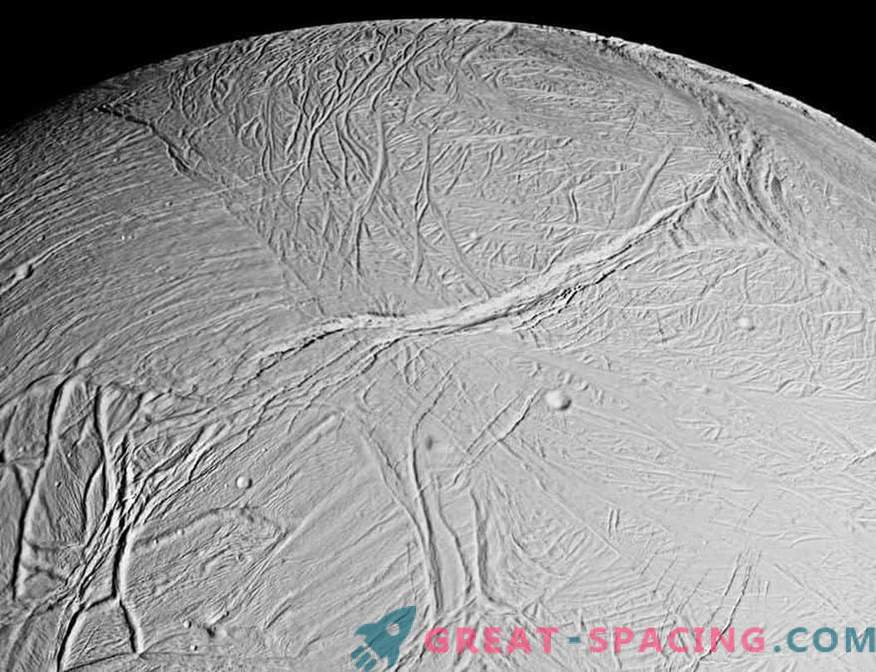
Early research suggested that Enceladus located the ocean of liquid water, hidden under the ice crust.
All data are based on laboratory tests and show the likelihood of this scenario. But there is still no direct evidence. Saturn is in sixth position in distance from the Sun and has dozens of moons. Enceladus is supposed to contain carbon dioxide and ammonia in addition to methane.
